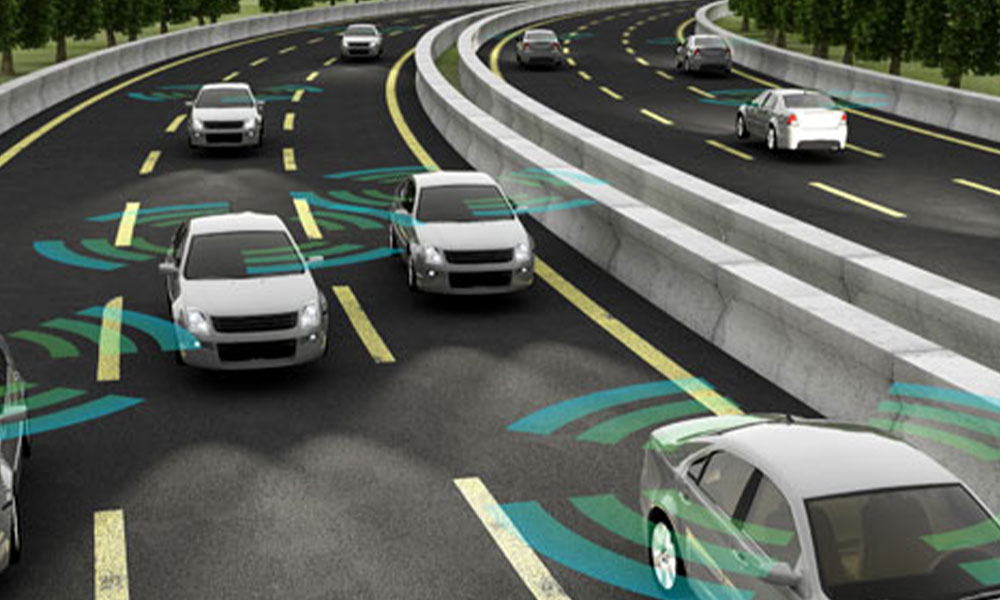
Waymo’s Driverless Taxis Exhibit Remarkable Safety Enhancements Compared to Human Drivers, Particularly at Intersections
In a significant advancement for safer roadways and trustworthy autonomous transport, Waymo’s completely driverless taxi service has revealed dramatically lower crash rates relative to human drivers—especially at some of the most perilous locations on roads: intersections.
A peer-reviewed analysis slated for publication in the journal Traffic Injury Prevention presents compelling proof that Waymo’s Rider-Only (RO) vehicles—cars functioning without a human safety operator—are not only running at scale but also achieving unmatched safety metrics. The research, carried out by Kristofer Kusano and colleagues at Waymo, stands as the most expansive safety evaluation of a commercial autonomous ride-hailing service ever disseminated.
Drawing its conclusions from an extensive 56.7 million miles driven by Waymo vehicles in cities including Phoenix, San Francisco, Los Angeles, and Austin, the study recorded significant decreases in crashes when contrasted with human drivers in identical geographic locations. Most importantly, the research identified a 96% reduction in intersection-related crash occurrences that involved any reported injuries. With intersections being among the most common sites for traffic accidents in the United States, this outcome emphasizes the immense capacity of autonomous technology to avert some of the most dangerous types of collisions.
Key Findings by Crash Type
The scope of the research transcended general accident reduction. It classified incidents by category and severity—three tiers of crash severity were established: those with any reported injury, those involving airbag activations, and cases of suspected serious injuries or fatalities. Across nearly all crash categories, Waymo’s autonomous vehicles (AVs) significantly surpassed human drivers:
– Intersection Crashes: 96% reduction in any-injury-reported events; 91% reduction in airbag deployment incidents.
– Cyclist-Related Crashes: 82% reduction.
– Motorcyclist-Related Crashes: 82% reduction.
– Pedestrian-Related Crashes: 92% reduction.
– Single-Vehicle Incidents: 93% reduction.
– Side-Impact Collisions: 74% reduction.
“These results provide a clear indication of how targeted, sensory-rich autonomy can effectively diminish road traffic injuries and fatalities,” stated the authors. “This marks the first retrospective safety assessment of a commercial Rider-Only Automated Driving System (ADS) that supplies statistical evidence on severe crash outcomes.”
Methodology Ensures Fair Comparison
To guarantee an accurate and impartial analysis, the researchers meticulously adjusted for a range of potential confounding variables such as geographic distribution, road types, and vehicle categories. Human crash data was collected from state-level statistics and police-reported vehicle crash records within the same regions where Waymo operates.
The study further examined specifics like rear-end collisions. While Waymo vehicles were considerably less likely to rear-end another vehicle, there was a slight increase in cases of Waymo vehicles being hit from behind—particularly in Phoenix. Nonetheless, this did not detract from the overall safety advantages, as these incidents were typically of low severity and outweighed by larger reductions in more serious crash categories.
Why This Study Matters
Despite the longstanding promise of autonomous vehicles to enhance road safety, substantial proof from extensive, real-world data had been scarce—until now. This recent research provides the most compelling evidence to date that driverless cars can fulfill their safety commitments. It serves both as a validation of autonomous technology and a framework for how safety metrics should be assessed as these systems progress.
“This type of thorough and transparent evaluation is crucial,” remarked a transportation safety analyst not associated with the study. “It equips regulators and decision-makers with the tools required to gauge the real-world effects of autonomous vehicles.”
Implications for the Future
The study comes just as regulators, insurers, and policymakers are increasingly seeking data-driven insights into the public safety ramifications of AV deployment. With extensive crash data classified by type and severity, stakeholders now possess a clearer vision of what a safer automotive future could encompass.
Waymo’s findings not only reinforce trust in the technology but also establish a new benchmark for how safety should be assessed and communicated within the autonomous vehicle sector.
As cities broaden their AV testing and deployments, and as competitors advance their autonomous driving initiatives, studies like this offer essential benchmarks for progress, accountability, and public confidence.
Conclusion
Waymo’s Rider-Only service has illustrated what is achievable when autonomous driving technology is supported by thorough safety protocols and real-world assessments. With markedly fewer crashes—particularly at intersections, involving cyclists, and with pedestrians—this study heralds a safer future in the ongoing journey toward autonomous mobility.
As more data becomes accessible and additional cities open their avenues to autonomous services, the safety record of driverless vehicles will only strengthen. For the time being, however, Waymo’s report stands as a landmark—providing a detailed, data-supported perspective on how robots behind the wheel may indeed be the safest drivers on the road.